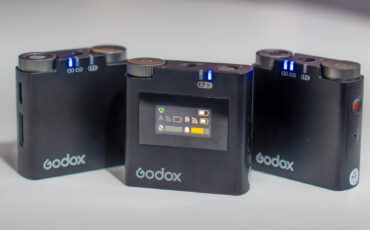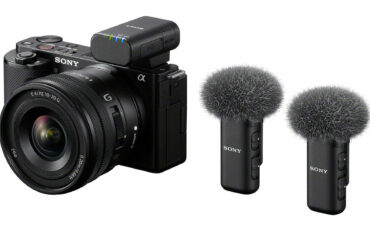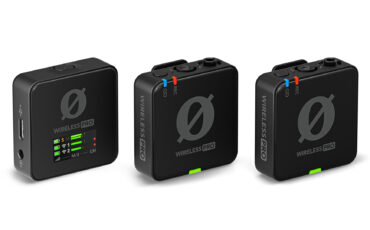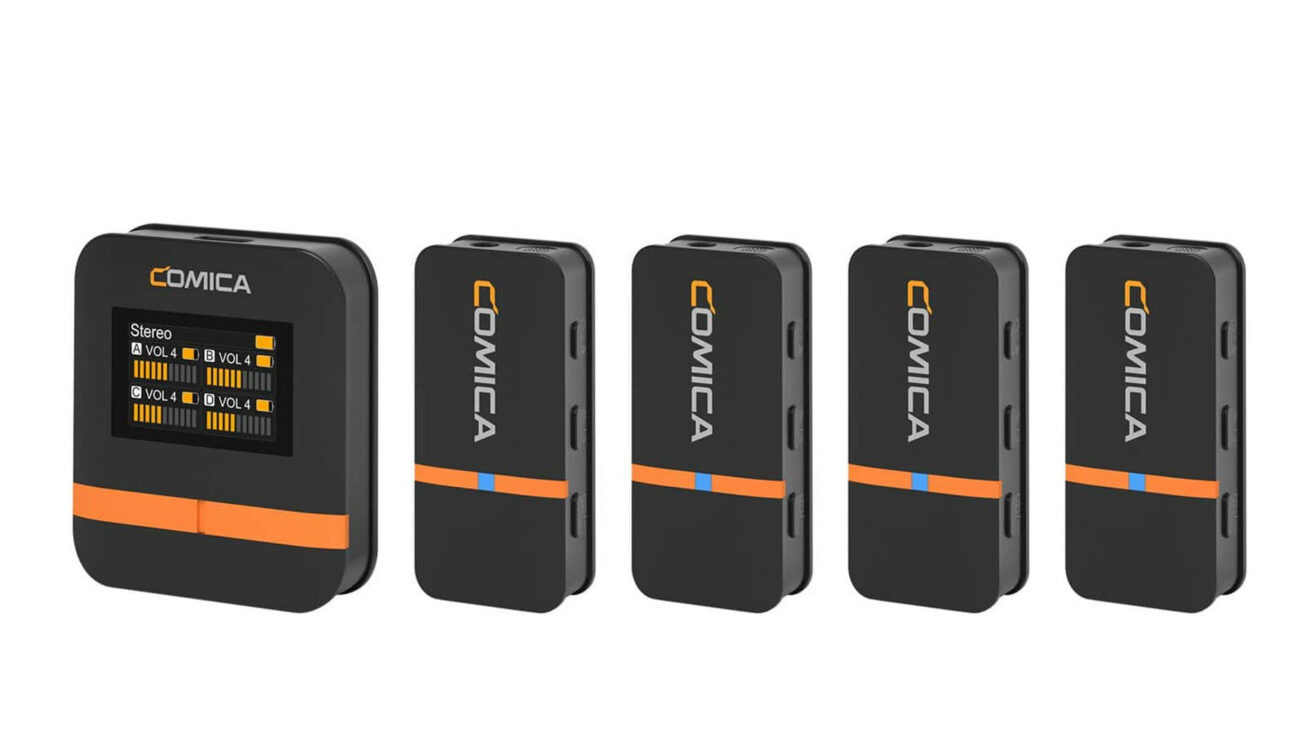
The new Vimo Q is a four-channel, wireless mic system able to transmit four-channel audio in 48kHz / 24-bit or output digital or analog audio to an external device via USB-C or 3.5mm jack. The mics/transmitters are extremely light at 16g but maintain an 8-hour battery life and more.
As wireless dual-mic systems have almost gained mainstream household appliance status, it seems as if the world is ready for the next step – a four-channel system! Puns aside, there are various evolutionary paths, and there’s a reason why most of them advance towards elevating the abilities of dual-mic systems, but more on that later. As we’ll see, the new Vimo Q system refrains from direct competition against the likes of RØDE Wireless Go II, DJI Mic, etc.
Being touted as “ideal for video shoots, vlogging, interviews, live streaming, podcasts, online meetings, and online tutoring” (as in Comica’s press release), the Vimo Q does possess some interesting abilities. First and foremost – four-channel output is pretty unique across the industry, let alone in this price range ($249). The system also includes Comica’s CalMix™ noise reduction algorithms. We’ll have to wait and see if it works in the field, but it’s a nice addition for the target audience.
Physical specifications
The Vimo Q system consists of four transmitters, one receiver, and a charging case. In its entirety, it weighs no more than 760g/1.67 lbs. 330g/.73 lbs of this is the charging case, leaving 430g for the receiver + transmitters. Each transmitter weighs a mere 16g/.035 lbs, making it ideal for quick setup and long shooting days. In that 16g, the transmitters successfully pack a microphone, a 3.5mm input (for lavaliers or other mics), a mute button, volume control, and a battery.
Cinema Sound
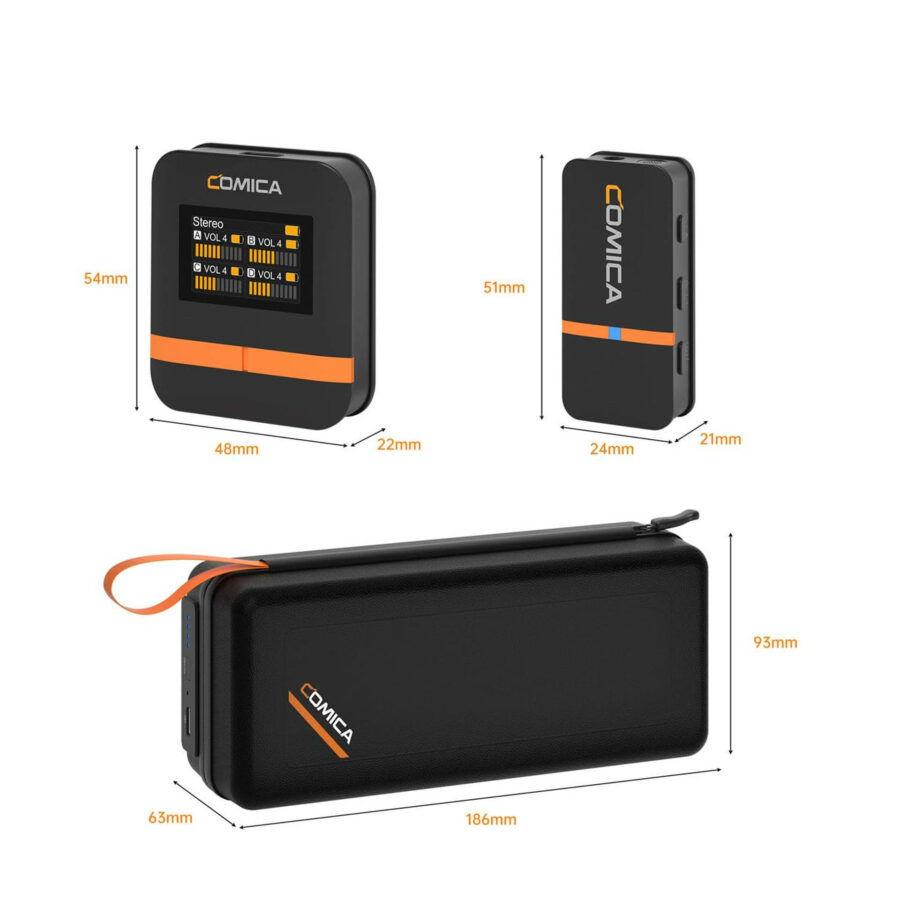
On its own, the system will provide 8 hours of battery life, and the charging case will get you another 8, for a total of 16 hours (Comica’s numbers). The receiver includes a 3.5mm stereo output, USB-C output, an additional 3.5mm monitoring output, and a color display. Also included are a USB-C cable, USB-A adapter, TRS cable, TRS-TRRS cable, and four “dead cat” windshields. All have designated spots in the charging case.
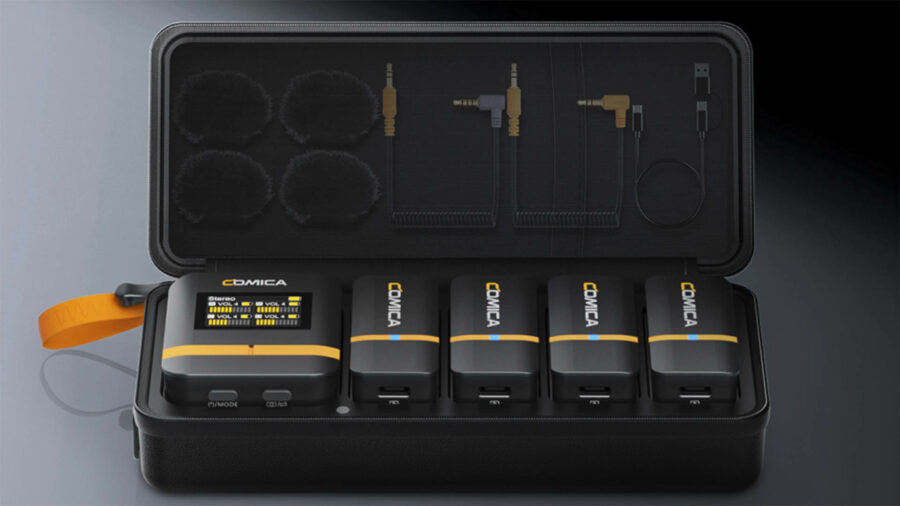
Range and latency
The Vimo Q set will be able to transmit at a range of 200 meters, with a latency of 20ms. These numbers come from Comica’s PR, so we’ll have to wait and see how the product performs in real life. Those specs are roughly on par with other similar wireless systems.
Four-channel recording?
In-camera, four-channel recording is mostly reserved for dedicated video/cine cameras or high-end hybrid cameras (sometimes requiring an additional mixer unit). As the Vimo Q is not intended for such an audience, a challenge occurs: four channels must be compressed into two. The procedure is pretty straightforward: the receiver mixes every two channels into one. There’s also an option to output just one mono channel, mixing all four. It will help with quick turnaround and minimal edit projects but might interfere with professionally-oriented projects, crippling many editing possibilities. That said – such capabilities at this price point dictate some level of compromise.

Who is the Comica Vimo Q for?
There’s a reason why dual-mic systems gained such popularity. It’s a magic number for many types of video content projects. Two additional mics may sometimes make a difference but in my opinion, those situations are rather rare in the scope of cinema, documentary filmmaking, commercial, and television. I believe this system will be useful for educational purposes, keynote forums, and such. As there aren’t many (or any) wireless solutions in this price range, it might prove popular in those fields. Alternatives are scarce, but one option is to take a self-recording wireless system, such as the RØDE Wireless Go II or the RØDE Wireless PRO. Two sets will be significantly costlier and will require sync in post, however, this kind of system will provide greater mixing and editing flexibility and an additional layer of backup in most cases.

Price and availability
The Comica Vimo Q will set you back $249. At the time of publishing this article, it’s not yet available but we’ll keep our eyes and ears on it.
Does four-channel recording help you with your current work? Where can you see the benefits of such a system? Let us know in the comments.



